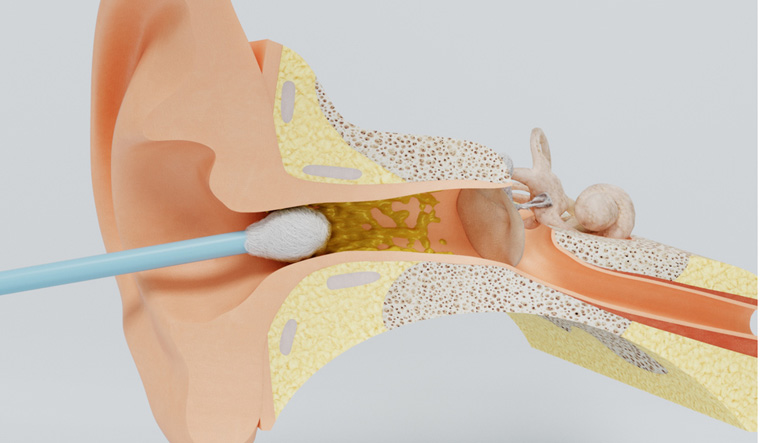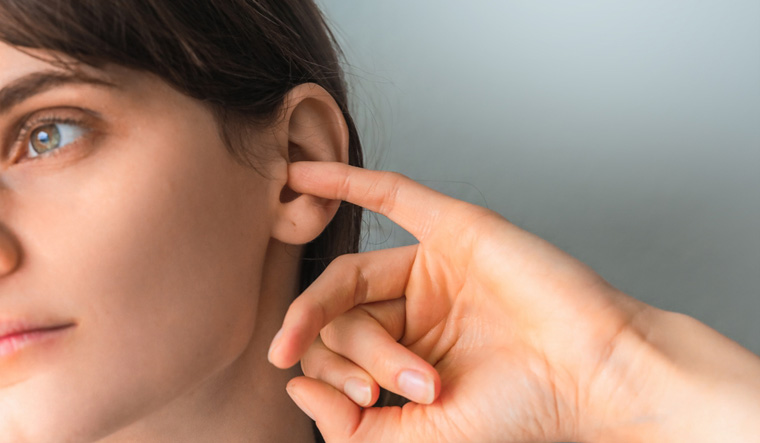Earwax, also known as cerumen, is a naturally occurring waxy substance found in the ears. While it is often viewed with disdain and targeted for removal, medical professionals are urging people to appreciate its crucial role in protecting the ears and maintaining good ear health. Recent studies have shed light on the genetic and regional variations of earwax types, providing valuable insights into human ancestry. Additionally, the scent, color, and presence of earwax can offer valuable clues about one's overall health.
Earwax plays a vital role in protecting the sensitive skin of the ear canal. It acts as a natural barrier, shielding the ear from germs, bacteria, fungi, particulate matter, and water. Glands in the outer ear canal produce earwax, which, along with tiny hairs, traps dust and debris, preventing it from reaching deeper parts of the ear, such as the eardrum.
According to a 2006 Nature Genetics study, individuals generally fall into two main earwax types: wet or dry. Genetic factors influence earwax type, with the wet earwax being more dominant and commonly found in people of European and African descent. On the other hand, dry earwax is prevalent in East Asians, with exceptions, of course.
Furthermore, the scent of earwax can provide crucial insights into ear health. An unusual change in odor can indicate potential fungal or bacterial infections, such as swimmer's ear. While earwax itself rarely changes, an infection may cause the ear to discharge a liquidy and smelly substance.
 Attempting to remove earwax using cotton swabs or similar objects can push the wax deeper
Attempting to remove earwax using cotton swabs or similar objects can push the wax deeper
Earwax can come in various colors, including light brown, dark brown, orange, red, yellowish, and gray. An off-white color is also common. Though most individuals don't encounter problems with earwax, excessive build-up can lead to impaction, temporarily causing hearing loss, discomfort, and even contribute to outer ear infections (otitis externa). If left untreated, impacted earwax can result in social isolation, depression, and additional hearing-related issues.
Several factors can contribute to earwax buildup. Some people naturally produce more earwax, while others may face impaction due to dry or hard earwax. People with narrow ear canals, excessive ear hair, or those who frequently use earplugs, hearing aids, or cotton swabs for cleaning may also be more susceptible to earwax accumulation.
Ear, nose, and throat doctors recommend against attempting to remove earwax using cotton swabs or similar objects, as these can push the wax deeper and potentially damage the ear canal or eardrum. Similarly, ear candling or vacuum kits are not recommended, as they may lead to ear canal trauma or burns.
While most individuals experience self-cleaning of their ears, there are instances where medical professionals need to remove earwax. People wearing hearing aids or hearing assistive devices should be vigilant about regular ear cleaning to prevent severe impactions. The ear molds of these devices can obstruct the natural movement of earwax, leading to increased production and potential hearing problems.


